Discover the power of spiritual healing for couples to restore emotional balance, rebuild trust, and deepen love through energy rituals, chakra work, and sacred connection practices.
📞 It's okay, I will help you: Let’s talk on WhatsApp
Powerful Spiritual Healing for Couples: Sacred Practices to Restore Love, Trust, and Connection

1️⃣ Image: A couple sits in serene meditation, their bodies relaxed and their minds open, as they are enveloped by the gentle glow of flickering candles and the soothing presence of an array of crystals. The air is filled with a subtle, calming energy, enhanced by the soft scent of incense wafting through the room. Each crystal, carefully chosen for its unique properties, is strategically placed around them to amplify healing vibrations and foster a deeper connection. The couple breathes in unison, their hands resting gently on their laps, as they embark on a journey of spiritual healing and emotional renewal, guided by the sacred ambiance of their surroundings.
📞 It's okay, I will help you: Let’s talk on WhatsApp
What Is Spiritual Healing for Couples?
Spiritual healing for couples is a sacred path toward restoring harmony, trust, and unconditional love within a relationship. Rather than focusing solely on words or logic, it goes deeper—working with energy, soul alignment, and sacred intention to heal emotional wounds and reconnect hearts.
Whether you're recovering from betrayal, navigating life changes, or simply feeling emotionally distant, spiritual healing offers a powerful relationship energy healing pathway. It allows couples to realign with their highest love vibration, rekindle intimacy, and move forward with a renewed spiritual bond.
When to Seek Spiritual Help in Relationships
Every relationship encounters moments of tension or misalignment. Knowing when to seek spiritual guidance can make the difference between deeper connection and emotional stagnation.
Consider spiritual healing when:
-
Trust has been broken or tested
-
Communication has grown cold or reactive
-
Emotional intimacy feels blocked
-
Past traumas or patterns are resurfacing
-
You crave deeper soul-level connection
-
You wish to strengthen love through conscious rituals
These moments call not for judgment, but for sacred support and intentional realignment.
Benefits of Couples Spiritual Healing Sessions
Engaging in spiritual healing as a couple provides a shared, transformative experience. The benefits include:
-
Emotional clearing and energetic balance
-
Improved communication and empathy
-
Renewed romantic and spiritual intimacy
-
Release of old relationship patterns and emotional wounds
-
Co-creation of a harmonious spiritual future together
By embracing these practices together, couples move from pain into empowered, loving connection.
📞 It's okay, I will help you: Let’s talk on WhatsApp
Energy Healing to Clear Relationship Blocks
Through energy healing techniques—like Reiki, intuitive channeling, or crystal therapy—couples can identify and release emotional stagnation stored in the body or aura.
Common practices include:
-
Couples’ aura cleansing with sage or palo santo
-
Reiki for heart chakra balance to enhance compassion
-
Using rose quartz over both heart centers while holding hands
This creates space for new energy to flow where tension or pain once lived.

2️⃣ Image: Two hands gently cradle a rose quartz crystal between them, symbolizing unity and love, as the soft glow of candlelight dances in the background. The warm, flickering light casts a serene ambiance, enhancing the crystal's natural beauty and amplifying its healing energy. This intimate moment, shared in silence, reflects a deep connection and mutual intention to nurture and strengthen their bond. The rose quartz, known for its properties of compassion and emotional healing, serves as a tangible reminder of the love and trust they are cultivating together.
📞 It's okay, I will help you: Let’s talk on WhatsApp
Guided Rituals for Rebuilding Trust and Intimacy
Rituals can transform pain into peace. Here are two simple yet profound healing rituals for couples:
1. Forgiveness Candle Ritual
-
Light two white candles side by side.
-
Write letters of forgiveness (to each other or past versions of yourselves).
-
Read them aloud, then burn them in a fire-safe dish.
-
Place rose petals around the candles as a sign of love’s return.
2. Full Moon Intention Ceremony
-
Sit under the moon, hand in hand.
-
Speak your shared intentions for growth, peace, and joy.
-
Bury a written version of those intentions in the earth as a sacred vow.
These healing rituals for love and trust work because they honor both emotion and spirit, fostering renewal.
Chakra Alignment for Love and Communication
Couples’ chakra healing helps balance the energetic centers that govern love, expression, and emotional safety:
-
Heart chakra (Anahata) for unconditional love
-
Throat chakra (Vishuddha) for honest communication
-
Root chakra (Muladhara) for grounded trust and safety
Practices might include:
-
Sitting back to back while visualizing shared light between chakras
-
Using crystals like green aventurine, lapis lazuli, or black tourmaline
-
Guided meditations to open and align mutual energy centers
Chakra alignment can restore connection where words have failed.
Working with a Healer for Personalized Relationship Support
Sometimes the most loving step is seeking help. A trained spiritual healer or relationship energy worker can offer:
-
Personalized chakra balancing sessions
-
Customized couples rituals for healing and connection
-
Sacred counseling that blends energy work with spiritual wisdom
-
Tools and homework for sustaining peace after the session
A healer acts as a compassionate guide—holding space for both partners while awakening the deeper soul contract between them.
📞 It's okay, I will help you: Let’s talk on WhatsApp
Sacred Tools for Couples’ Spiritual Healing
Enhance your journey with spiritually aligned tools:
-
Rose quartz: Promotes tenderness, healing, and forgiveness
-
Matching protection bracelets: Shields the bond from external negativity
-
Love intention journals: A shared space for heart-centered communication
-
Spiritual bath kits: For releasing emotional toxins and realigning love
-
Shared altar items: Like candles, photos, or couple-blessed charms
These tools become touchstones—daily reminders of love, growth, and divine unity.
.png?width=800&height=800&name=A%20flat-lay%20of%20spiritual%20tools%20on%20a%20wooden%20altar%20table%20with%20incense%20and%20oil%20bottles%20(1).png)
3️⃣ Image: A spiritual healer, with a calm and nurturing presence, guides a couple through a deeply transformative ritual using sacred herbs and oils. The healer carefully selects each herb for its unique properties, explaining their significance and how they contribute to the healing process. As the couple sits in a circle, the healer gently anoints them with aromatic oils, creating a soothing atmosphere that encourages relaxation and openness. The ritual is designed to cleanse their energies, release emotional blockages, and foster a renewed sense of unity and love. With each step, the healer offers insights and wisdom, helping the couple to connect more deeply with each other and their shared spiritual journey.
📞 It's okay, I will help you: Let’s talk on WhatsApp
Book a Couples Healing Session or Order a Sacred Love Kit
Ready to deepen your bond and heal your relationship through sacred, spiritual practices?
💖 Book a personalized spiritual healing session for couples with a trusted practitioner
🌹 Or order a custom-made couples healing kit, complete with crystals, ritual tools, and guided meditations
✨ Let love rise again—stronger, softer, and more spiritually aligned than ever. ✨
Powerful Spiritual Healing for Couples Accompanying Images:
-
A couple meditating together, surrounded by crystals and candles during a healing session
-
Two hands holding a rose quartz crystal between them with soft candlelight in the background
-
A spiritual healer guiding a couple through a ritual with sacred herbs and oils
📞 It's okay, I will help you: Let’s talk on WhatsApp
%20(1).jpg?width=80&height=80&name=Add%20a%20subheading%20(3)%20(1).jpg)
.png?width=1000&height=1500&name=A%20pink%20candle%20glowing%20beside%20a%20rose%20quartz%20crystal%20and%20handwritten%20affirmations%20(2).png)


.png?width=952&height=1428&name=A%20pregnant%20woman%20holding%20a%20rose%20quartz%20crystal%20during%20a%20heart-centered%20meditation%20for%20emotional%20healing.%20(1).png)


.png?width=1000&height=1500&name=A%20couple%20meditating%20together%20with%20aligned%20chakras%20glowing%20in%20harmony.%20(1).png)
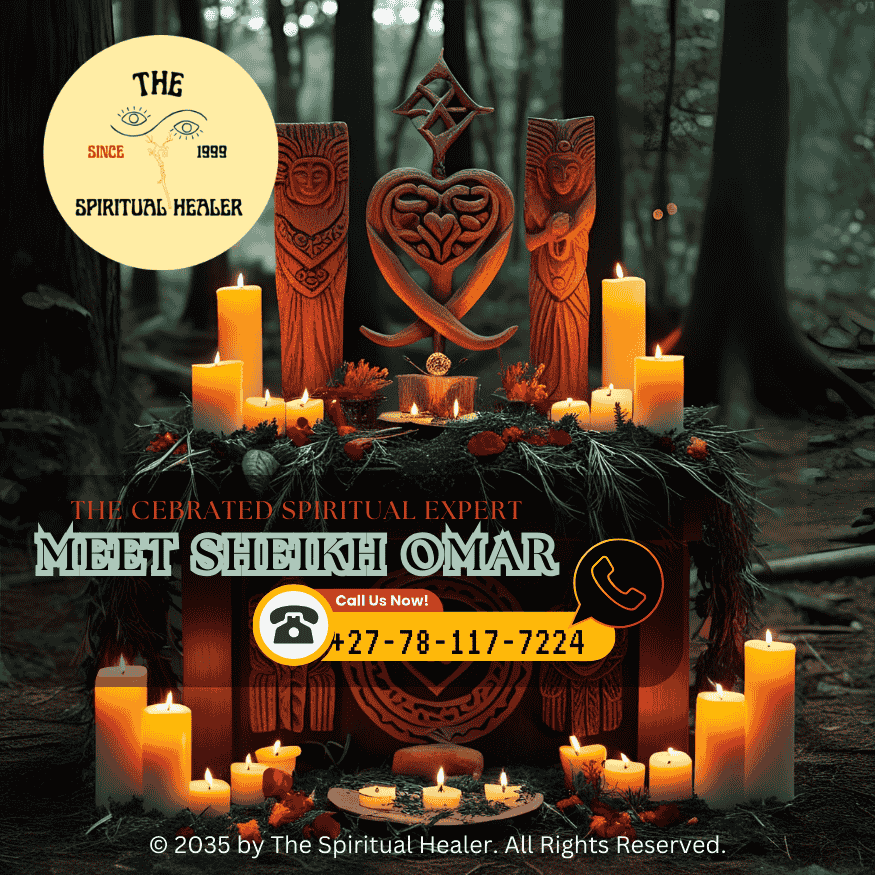
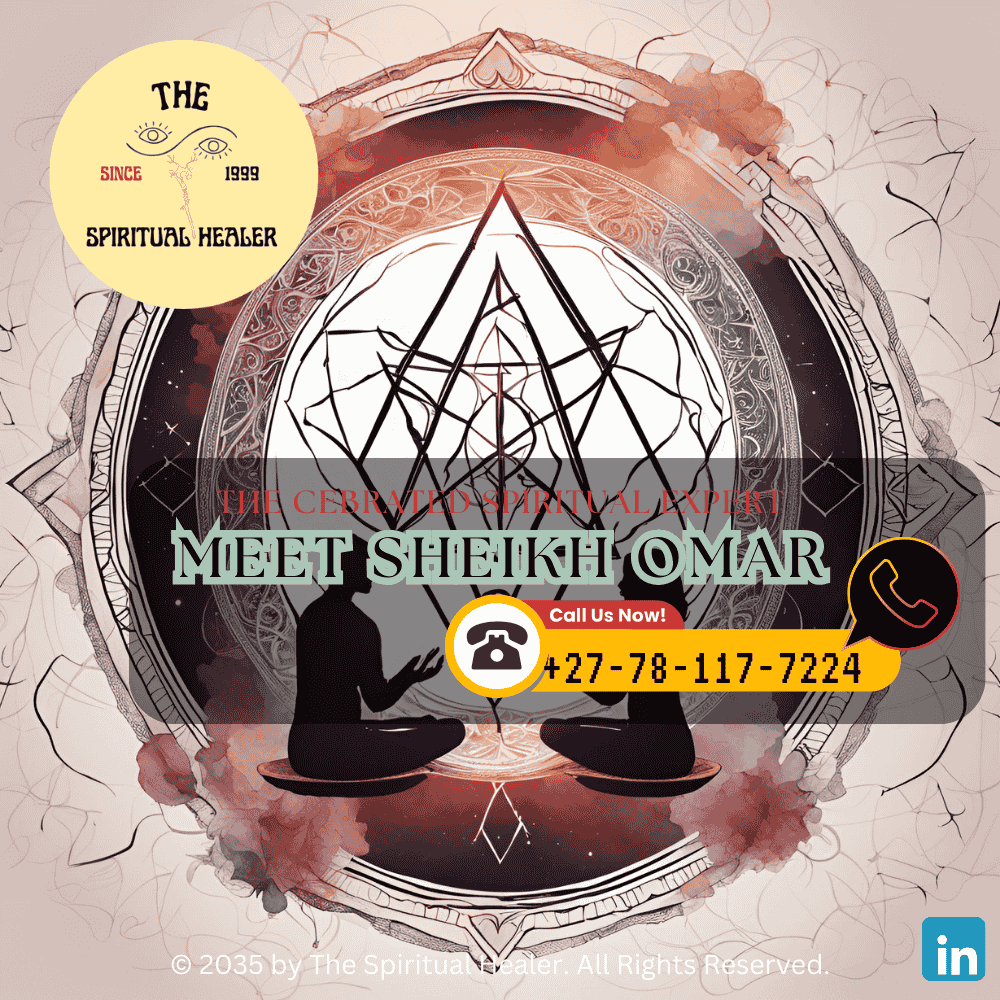
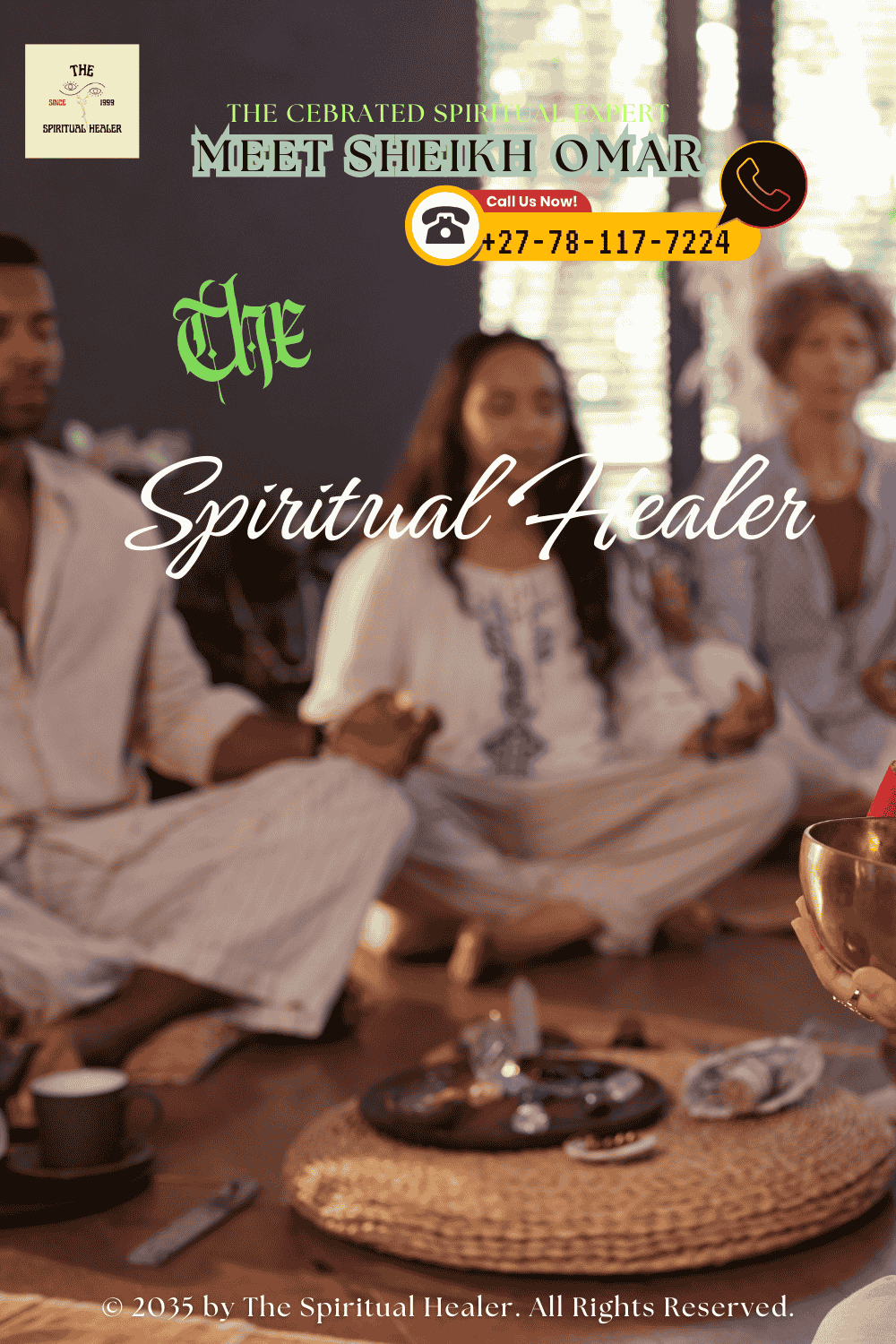
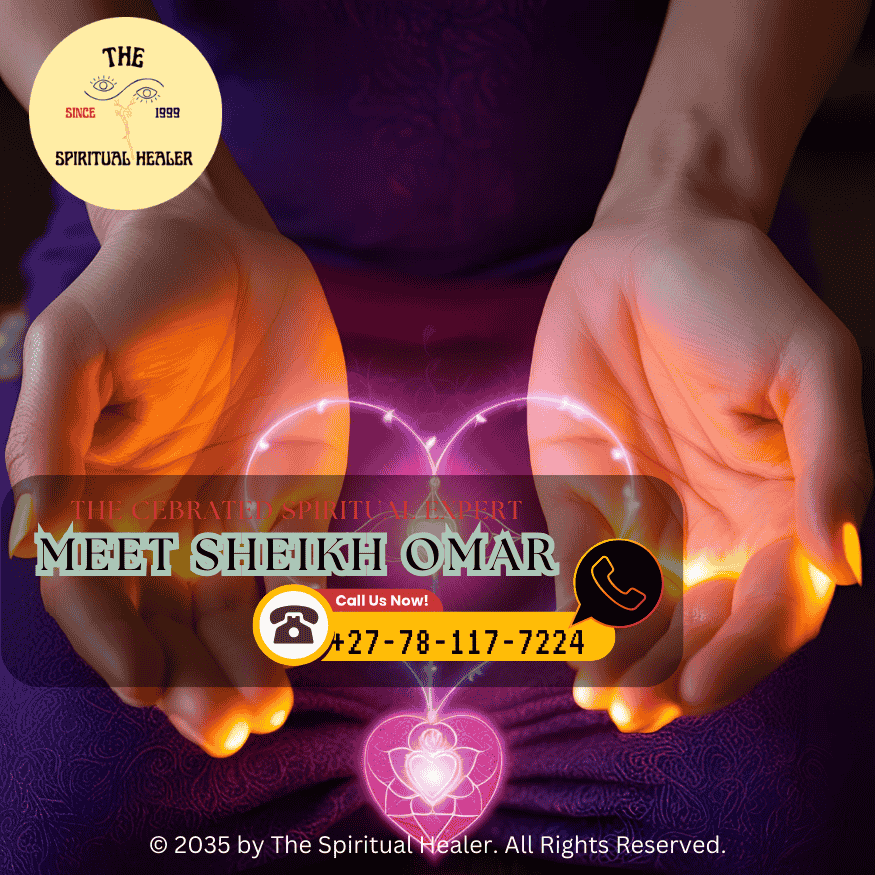
.png?width=875&height=875&name=A%20journal%2c%20sage%20bundle%2c%20and%20meditation%20tools%20arranged%20for%20a%20self-reflection%20exercise%2c%20illustrating%20tools%20used%20in%20holistic%20self-inquiry%20and%20soul%20healing.%20(4).png)
.png?width=1000&height=1500&name=A%20spiritual%20counselor%20holding%20a%20peaceful%20one-on-one%20session%20with%20a%20client%20surrounded%20by%20crystals%20and%20candles%2c%20symbolizing%20a%20sacred%20space%20for%20intuitive%20healing.%20(1).png)
.png?width=800&height=800&name=A%20journal%2c%20sage%20bundle%2c%20and%20meditation%20tools%20arranged%20for%20a%20self-reflection%20exercise%2c%20illustrating%20tools%20used%20in%20holistic%20self-inquiry%20and%20soul%20healing.%20(1).png)



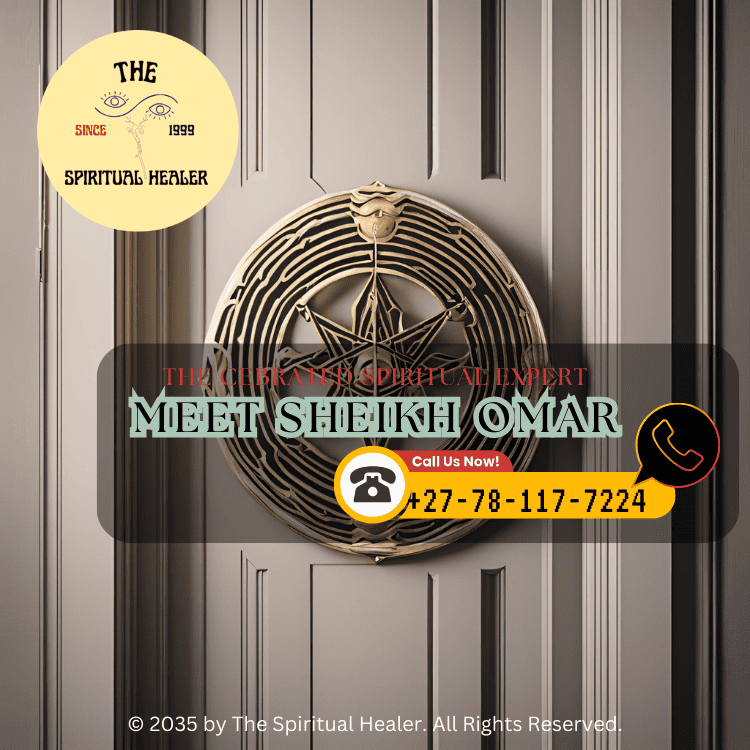
.png?width=775&height=775&name=An%20individual%20meditating%20with%20a%20love%20spell%20kit%20on%20an%20altar%2c%20surrounded%20by%20a%20serene%20environment%20of%20plants%20and%20candlelight.%20(3).png)

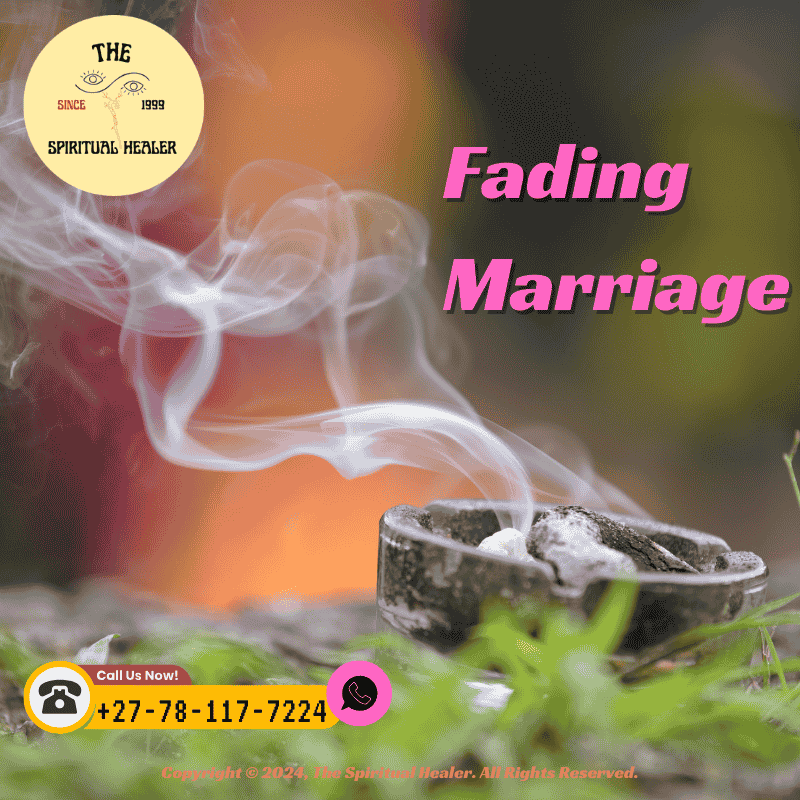

.png?width=750&height=750&name=A%20spiritual%20bath%20infused%20with%20herbs%20for%20marriage%20harmony%2c%20showing%20a%20relaxing%20and%20cleansing%20ritual.%20(1).png)



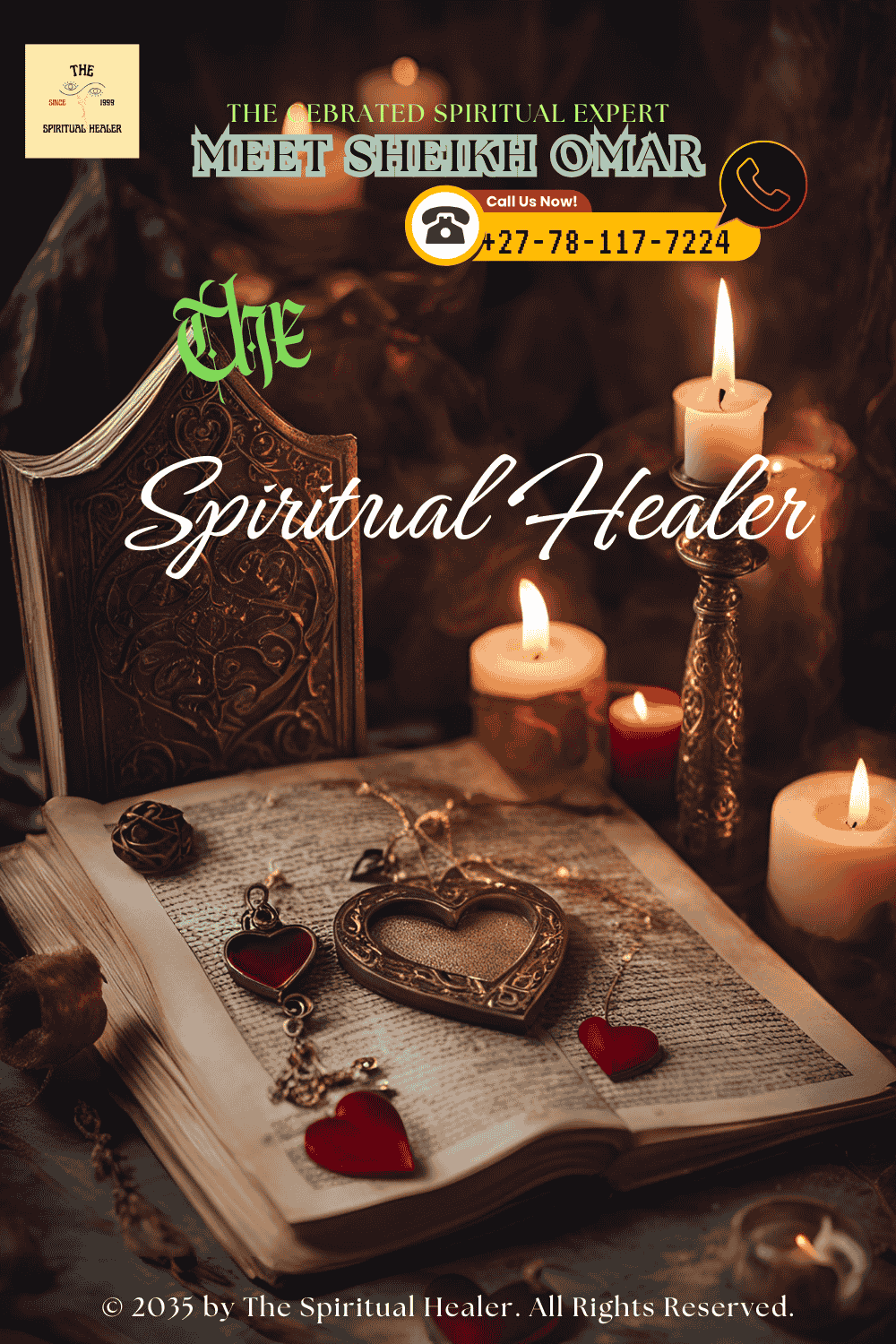

.png?width=1120&height=630&name=The%20image%20features%20a%20serene%2c%20dimly%20lit%20room%20adorned%20with%20various%20spiritual%20elements.%20At%20the%20center%2c%20a%20small%20wooden%20table%20holds%20a%20honey%20jar%2c%20its%20golden%20contents%20glistening%20softly%20in%20the%20candlelight%20(1).png)